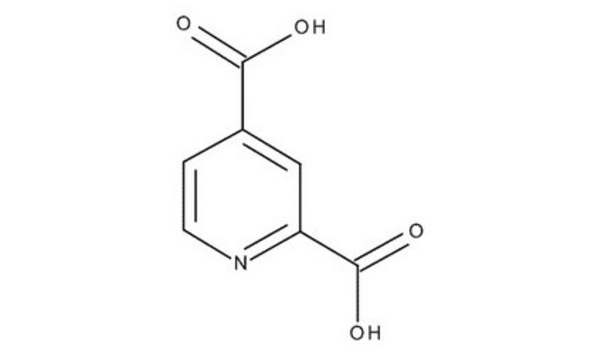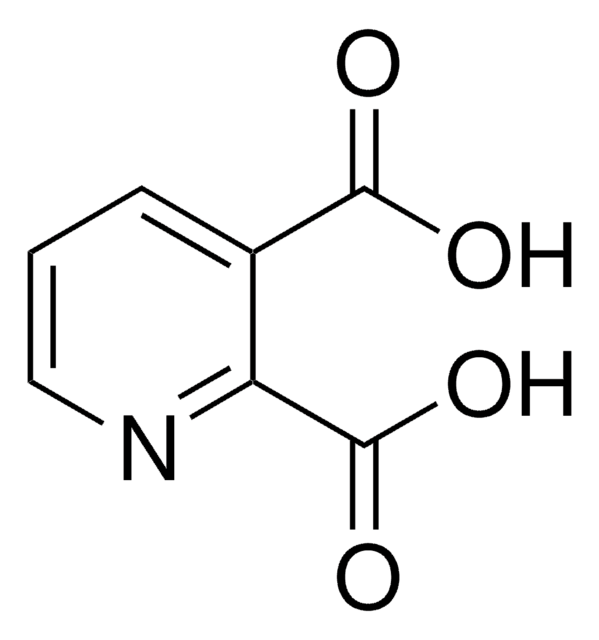930350
TEM Grids
Carbon Film Supported Copper Hexagonal Mesh Grid, grid size 200 mesh, box of 50
Synonym(s):
TEM grids
About This Item
Recommended Products
Product Name
Carbon Film Supported Copper Hexagonal Mesh Grid, grid size 200 mesh, box of 50
material
carbon film
copper grid
description
film layer thickness 5 - 6 nm carbon
packaging
box of 50
grid size
200 mesh
Looking for similar products? Visit Product Comparison Guide
1 of 4
This Item | Z284793 | Z284823 | Z284831 |
|---|---|---|---|
| feature CSA approved, for flask size 125 mL | feature CSA approved, for flask size 100 mL | feature CSA approved, for flask size 250 mL | feature CSA approved, for flask size 300 mL |
| parameter 0-450 °C temp. range | parameter 0-450 °C temp. range | parameter 0-450 °C temp. range | parameter 0-450 °C temp. range |
| manufacturer/tradename Glas-Col 100AO398 | manufacturer/tradename Glas-Col 100AO396 | manufacturer/tradename Glas-Col 100AO402 | manufacturer/tradename Glas-Col 100AO404 |
| AC/DC input 115 V (AC) | AC/DC input 115 V (AC) | AC/DC input 115 V (AC) | AC/DC input 115 V (AC) |
| output 80 W | output 80 W | output 180 W | output 180 W |
| availability not available in EU | availability not available in EU | availability not available in EU | availability not available in EU |
General description
Choose from one of the most recent versions:
Certificates of Analysis (COA)
It looks like we've run into a problem, but you can still download Certificates of Analysis from our Documents section.
If you need assistance, please contact Customer Support
Already Own This Product?
Find documentation for the products that you have recently purchased in the Document Library.
Our team of scientists has experience in all areas of research including Life Science, Material Science, Chemical Synthesis, Chromatography, Analytical and many others.
Contact Technical Service







